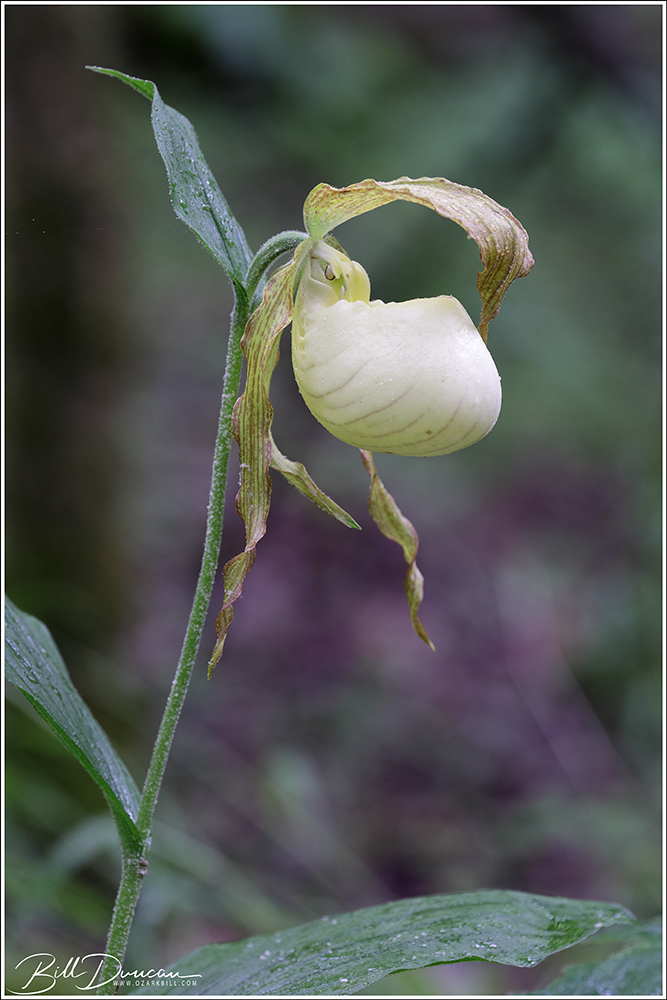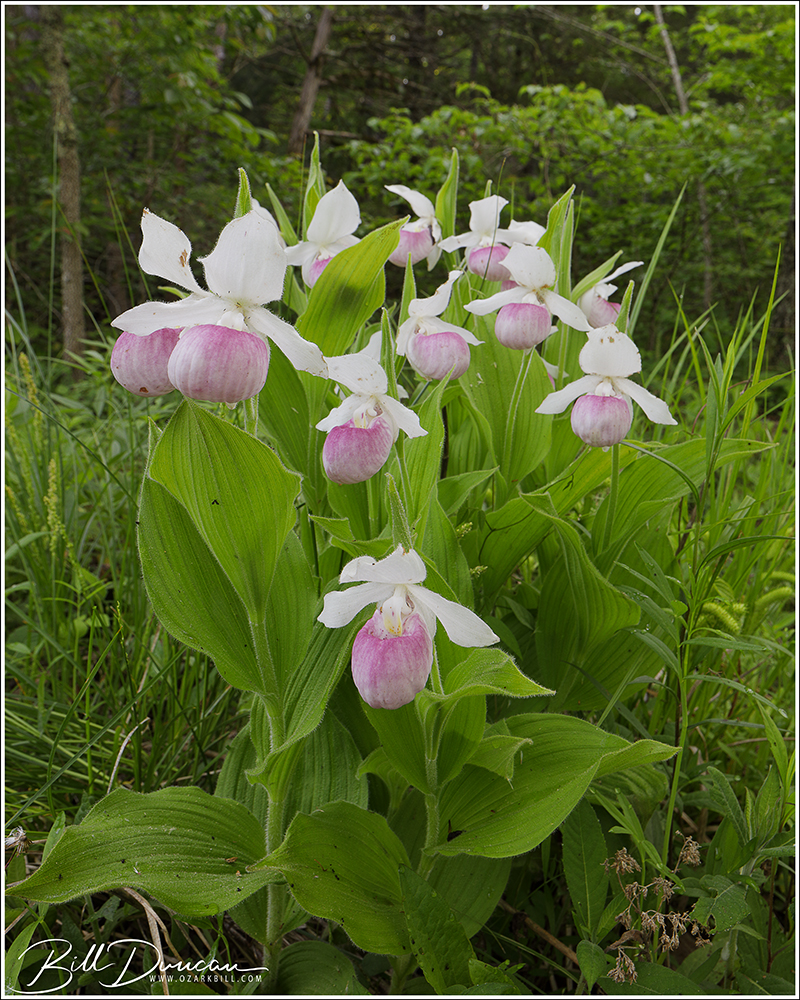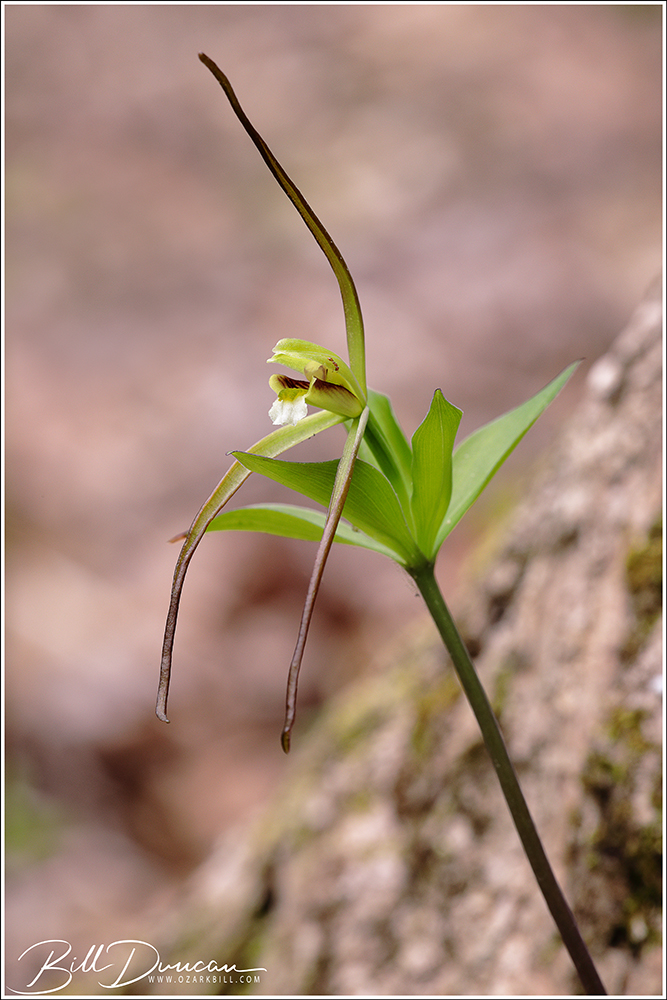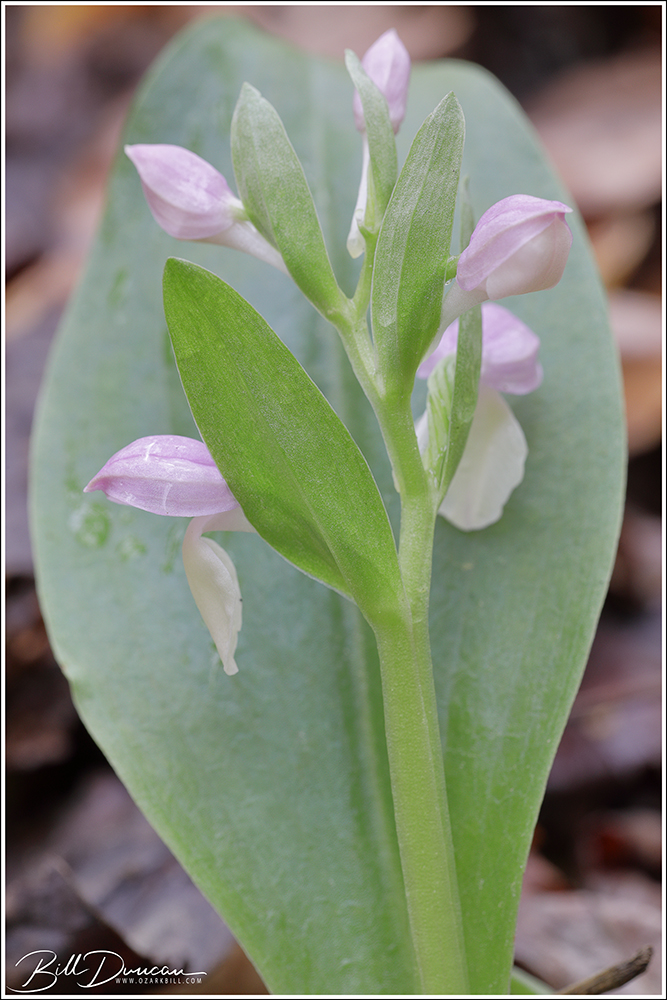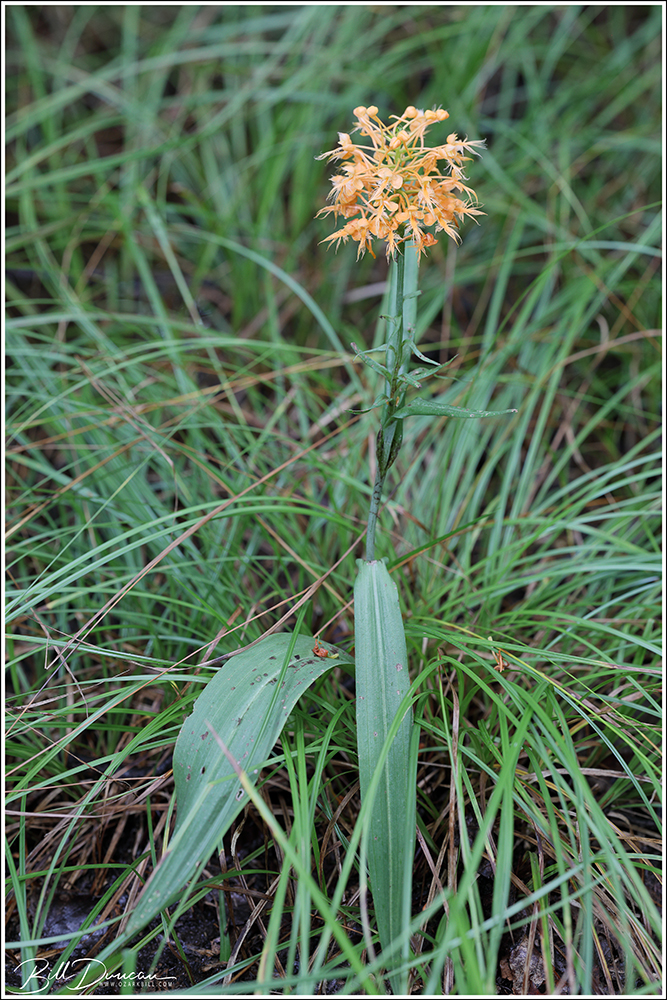Today’s orchid, Liparis liliifolia, (large twayblade, purple twayblade, lily-leaved twayblade, mauve sleekwort) is considered one of the most abundant in Missouri with quite a large range across the state. They have the potential to be found almost anywhere in the state with moist to dry-mesic forests, but do need open spots with partial sun. This is a species that benefits from disturbances and clearings due to fire, tree falls and human activity like trails where they are most likely to be found.

Insects are the most obvious choice for pollinators, however, there have not been many recorded observations of specific efficacious visitors and more information is needed to determine what species are responsible for pollinating this species. There is no real fragrance associated with these flowers. The purplish translucent flowers have been hypothesized to attract flesh flies which might be efficient pollinators. The primary mode of reproduction seems to be vegetative via underground corms.
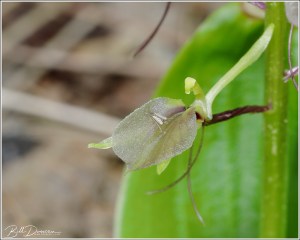
The flowers are set in the typical 3-petals and 3-sepals configuration of the family. In this case, the lower petal, or “lip”, is mauve in color and translucent. The translucency was enhanced when the lip was wet. The two lateral petals are filiform, or worm-like. To me they resembled the nectar spurs found on some orchids, but these are not hollow and do not contain nectar. The three sepals are blade-like, with one facing straight upwards behind the column and two are lateral and underneath the lip. It would not be a stretch to say the entire flower might mimic some insect.

The large twayblade is definitely an interesting Missouri orchid. I will look for these close to home in the coming years and perhaps get some photos of their pollinators visiting.
-OZB




